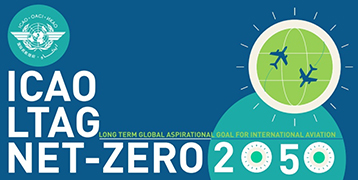The impact of revolutionary aircraft designs on global aviation emissions
Renewable Energy
• Volume 223
(2024)
FEATURED BOOK
The discussion about the environmental impact caused by aviation has gained greater prominence due to the increased demand for this sector and, consequently, the increase in the number of flights. Environmental concerns have stimulated the development of novel approaches to reduce pollutants and CO2 emissions. This study aims to assess the impact of disruptive concepts on commercial aircraft by reducing CO2 emissions by 50% by 2050. In this regard the fleet system dynamics model is used to assess the effects of technological progress on future air transport systems. It accounts for the manufacturer’s production capabilities and current projections and forecasts on the needs and evolution of global air transport, as well as their expected entry into service. The main factors reported were production capacity, year of entry of the technology/concept, and the transport capacity and range of aircraft. The sensitivity study on the production capacity of new aircraft/concepts showed that with a 15% increase, emissions can be reduced between 1 and 2.6%, depending on the case and scenario. On the other hand, increasing the aircraft production capacity could lead to a problem of overcapacity.
Aircraft; Aviation; Scenarios; COz emissions
4 total downloads



 Back
Back



